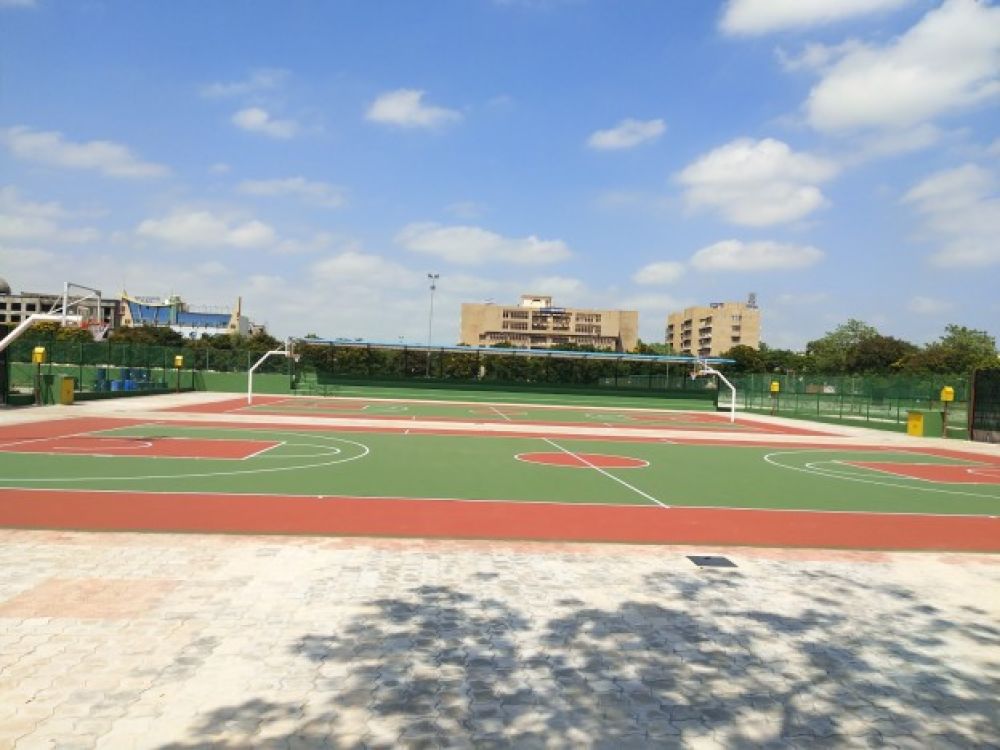

The Race Course Grounds in Rajkot, Gujarat, has been a significant hub for recreation and public gatherings for many years. Originally built to serve as a place for horse racing during the British Raj, the Race Course has transformed over time into a multi-utility public space. The history of tourism at the Race Course Grounds is as diverse as the activities it hosts, ranging from leisurely walks to adrenaline-fueled sports events.
In the early 20th century, the grounds were a symbol of status and entertainment as the British and Indian elite frequented the location for horse racing – a popular sport back then. After India gained independence in 1947, the ground's role in sports took a turn towards more inclusive events, welcoming people from all walks of life.
By the late 20th century, the Race Course Grounds had embraced a new identity as a central point for social and cultural activities. The ample green space began to serve as a breath of fresh air for the residents of Rajkot amidst the hustle of urban life.
Today, Race Course Grounds continues to be a top spot for relaxation and entertainment, attracting locals and tourists alike with its versatile facilities:
Over the years, Race Course Grounds has seen a shift in the tourism trends. While still serving as a central sports complex, it has embraced the role of a cultural focal point, hosting festivals and fairs that highlight the traditions of Gujarat. In recent years, the development of sustainable tourism practices has also been seen, with the incorporation of eco-friendly measures and initiatives aimed at maintaining the venue's pristine condition for future generations.
Community-driven events like marathons, kite-flying festivals during Uttarayan, and Navratri gatherings, where people play Garba, a traditional dance, have cemented the Race Course Grounds' reputation as a place where the spirit of Rajkot comes alive.
In a nod to modern demands, the facility has improved accessibility features, and there are plans for digital advancements such as online bookings for sports facilities and events, catering to an increasingly tech-savvy visitor base.
As a cultural and sports landmark, the Race Course Grounds also make a significant economic contribution to Rajkot. It supports local vendors and small businesses that set up shop during high-profile events. Furthermore, it plays a key role in catalyzing the hospitality sector by driving a steady footfall of tourists to the city.
The future of tourism at the Race Course Grounds looks promising as Rajkot evolves as a smart city with integrated efforts to keep this public space vibrant and relevant to the local community and the city's visitors.
With its remarkable versatility and historical significance, the Race Course Grounds remains an unmistakable part of Rajkot's social and cultural tapestry, drawing crowds for experiences that range from athletic pursuits to relaxing family outings.